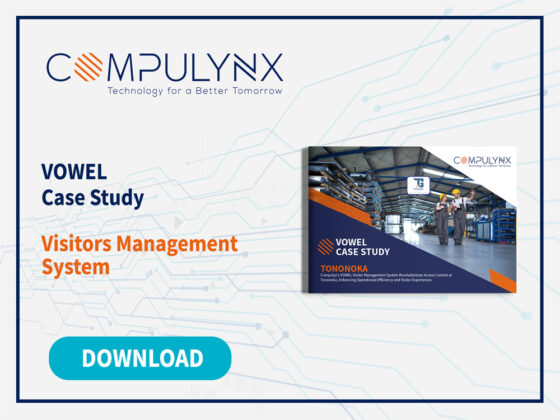Inventory management is the set of practices that seek to achieve the goals of having the right products available in the right quantities and at the right time. It is part of the larger field of supply chain management and when done well, can significantly reduce the costs associated with carrying excess or static inventory and help improve sales.
Inventory Management has long been a headache many businesses suffer from, and an unwieldy beast they attempt to tame. It’s a complex and demanding task of checking and rechecking stock, and never actually quite being able to say ‘job done’ before it all changes again.
Yet it is imperative to the successful running of any retail or manufacturing business. When mistakes happen, they hit the business in two main ways, cost and efficiency.
The traditional manual model of inventory management meant that nothing was ever actually accurate or a true picture. The manual method required someone to physically look at orders coming in versus those going out, and physically counting inventory and noting it down.
Technology is seeking to help assuage these inventory management problems, and that technology is becoming increasingly advanced. The purpose is to remove the manual elements of inventory management that are slow and open the possibility for errors. Every business now uses some technology, in some way, to help with their inventory management.
When you use inventory management software in conjunction with inventory control technology, you improve your bottom line. Using technology to augment inventory management helps your business to stay on top of things by streamlining the ordering and tracking process throughout the sales cycle of a product.
Let’s look at some technological advances for inventory control and management;
- Point of Sale System
A point of sale is the point where a customer pays for a product and walks away from the store with it. When you computerize the point of sale, you have better control over the inventory since you can now track it with ease. It has the inventory amounts for each product that is sold by the business. It will simply reduce the inventory available by one each time a unit is sold. Once the sale and reduction have occurred, the inventory will be updated. in the event that the store is low on stock or a stock out is imminent, the user will be alerted, and more will be ordered. This streamlines the overall ordering process.
- Radio Frequency Identification (RFD) Technology
RFD technology tracks goods and manage your inventory. The tags and scanners automate the process and keep track of everything gong in and out of the warehouse on a continual basis. Each time a product is moved, its logged. You can trace every individual item down to the precise location, and per second. For business that provide services, as well as goods, RFID technology can also be invaluable for asset inventory management. Mistakes are eliminated, accuracy is maintained, customer service is improved, and decisions can be made more appropriately.
- Barcode System/Barcode Scanners
The barcode is one of the most important innovations to be used in the world of business. All that you need to start an inventory system based on barcodes is the inventory management software, which can sometimes be no more than a simple point of sale software, and a barcode scanner. The barcode scanner can be used to record inventory coming into the business. The products are counted and labelled with a barcode as they are received, then scanned with the barcode scanner so that they are entered in the inventory system.
Whenever the products leave the warehouse or shop, such as in the event of sale, they are scanned and checked out, with the inventory system being updated.
- Warehouse Management System
Warehouse management systems come in a variety of types and implementation methods, and the type typically depends on the size and nature of the organization. A WMS can be designed or configured for the organization’s specific requirements, for instance, an e-commerce vendor might use a WMS that has different functions than a brick -and -mortar retailer. Additionally, a WMS may also be designed or configured specifically for the types of goods the organization sells.
Managers are always having to make decisions based on inventory. The decisions can be made more reliably when they have been made in the context of insightful analysis of all data pertaining to inventory management. Therefore, its not just about saving time, but about giving managers the tools to actively improve business decisions.
In conclusion, technologically driven inventory management allows the collection and analysis of data in a big way. This is then used to the business’s benefit. Insights into particular products, and their demand and supply, make for more efficient sales decisions. These products by insights are likely to be setting the bar for how big data is used in the coming years.
By Carolyne Rabut
Content Marketing – CompuLynx




